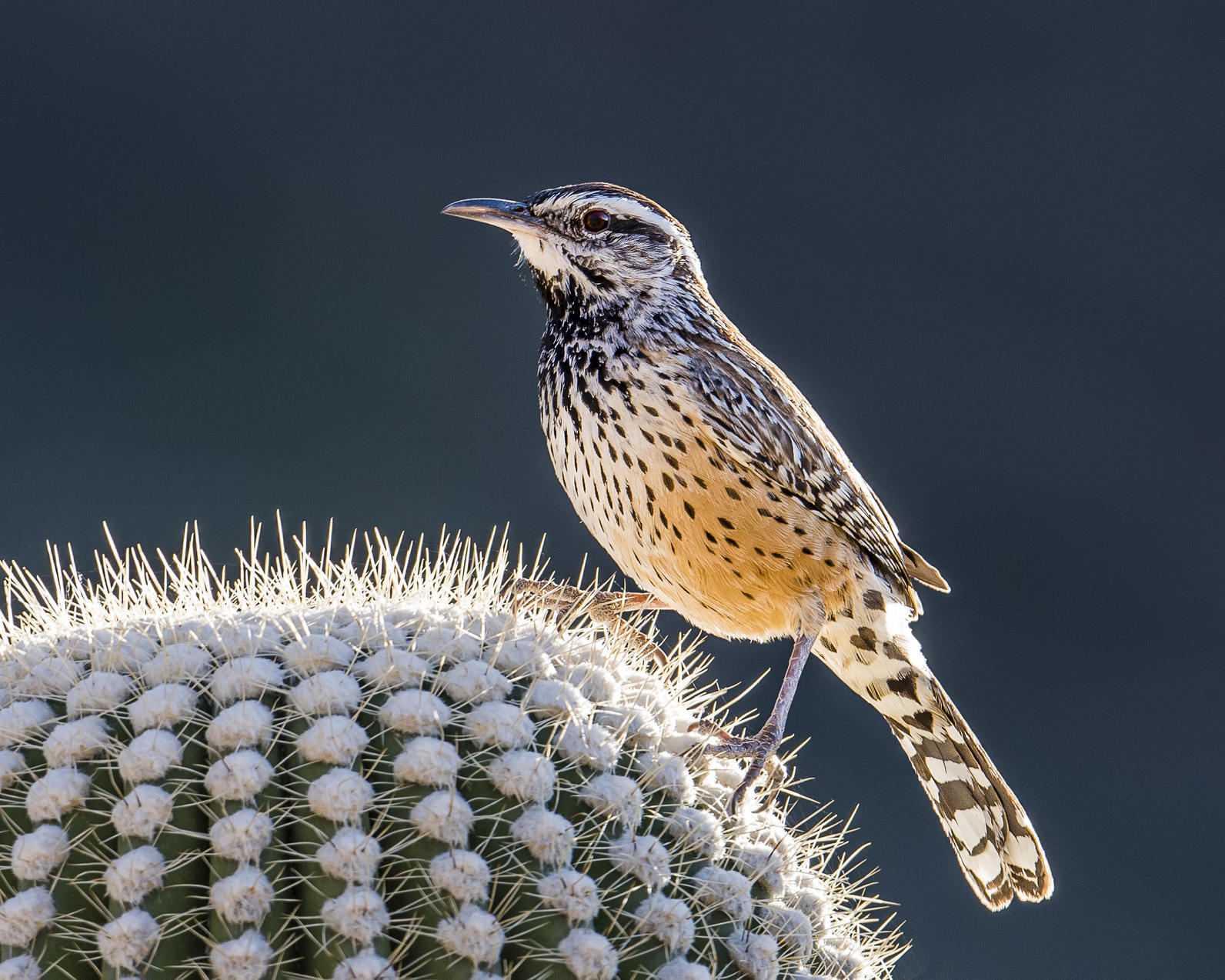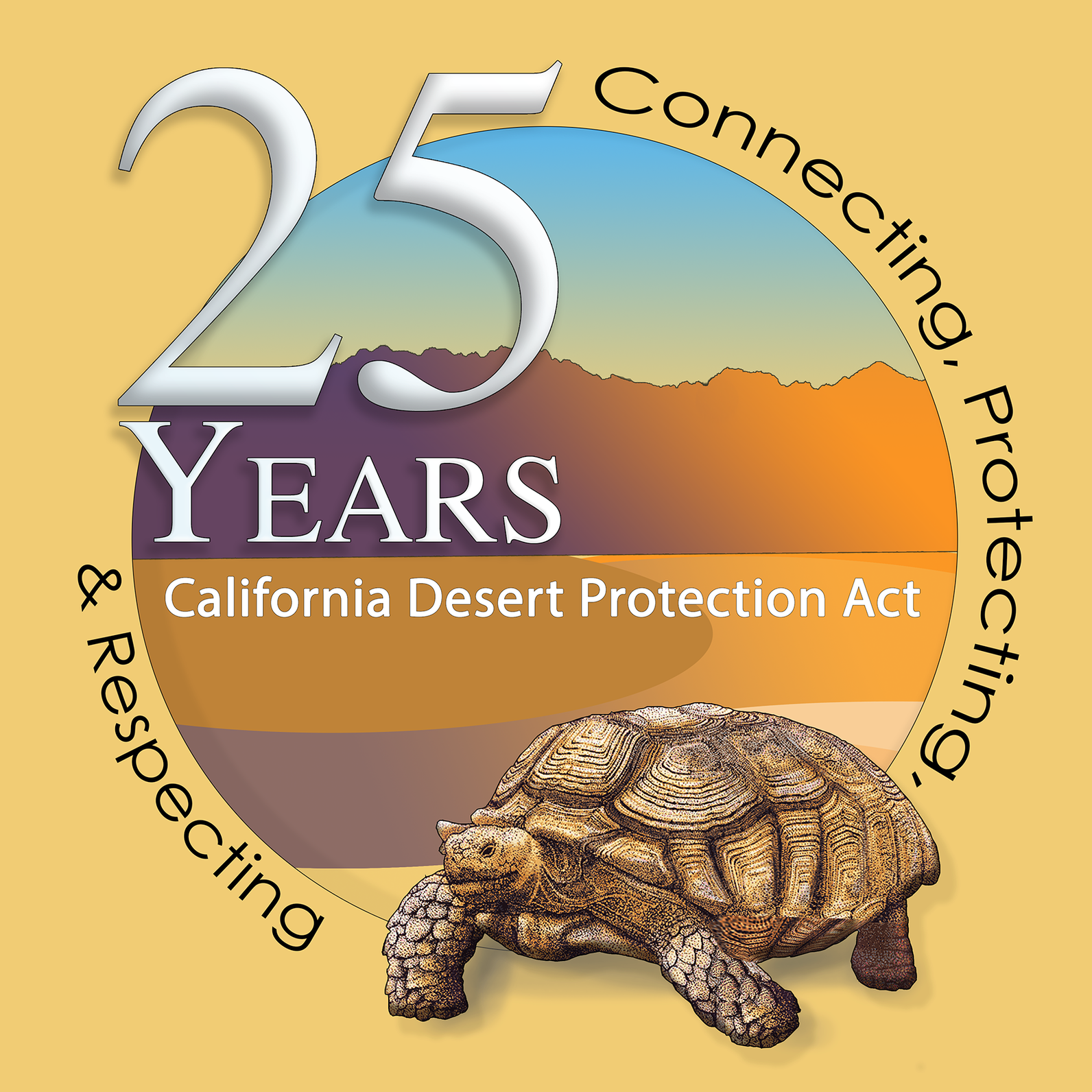It isn’t pumpkins, goblins or ghouls or even ravens I’ll be celebrating this year.
October 31, 2019 marks twenty-five years since the signing of the 1994 California Desert Protection Act (CDPA), which recognized the world class uniqueness of the California deserts and created the Mojave National Preserve, Joshua Tree National Park and Death Valley National Park, as well as 69 new desert wilderness areas in the California desert region.
But that was just the beginning. The CDPA catalyzed efforts to protect desert wildlife, natural areas and military installations through subsequent legislative and administrative efforts including the creation of the San Jacinto and Santa Rosa National Monuments, the 2009 Public Lands Omnibus Act, the designations of Castle Mountain, Mojave Trails and Sand to Snow National Monuments, the landmark collaborative Desert Renewable Energy Conservation Plan (a 2016 amendment to the 1980 California Desert Conservation Area Plan that designated 4.2 million acres of the desert’s most sensitive natural and cultural landscapes for conservation, included conservation management actions to protect desert resources, and streamlined renewable energy development in targeted areas) and the John D. Dingell, Jr. Conservation, Management, and Recreation Act of 2019 (collectively, with the CDPA, “Twenty Five Years of Desert Protection”)
This has meant protections for the species of birds and the places they need now and in the future like Golden Eagle, Burrowing owl, LeConte’s and Bendire’s Thrashers, Gila Woodpecker, Cactus Wren, Greater Roadrunner, Costa’s Hummingbird, Verdin and Black-throated Sparrow to name a few. And the 22 Important Bird Areas in California’s desert that Audubon has identified and mapped.

Help support my colleagues in conservation of the desert by going to here and getting your city or municipality to pass the sample resolution celebrating 25 years of conservation of our California desert.








